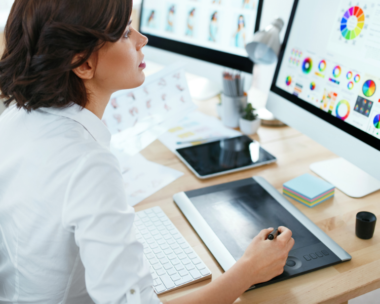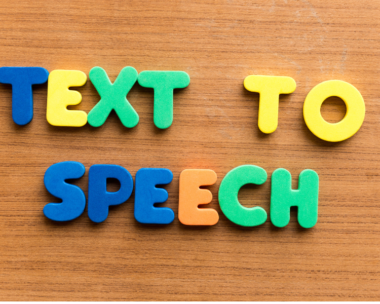The Neural Network Paradigm: GANs and VAEs

At the heart of AI-boosted image creation is the concept of neural networks, specifically generative adversarial networks (GANs) and variational autoencoders (VAEs). GANs consist of two components: a generator and a discriminator, which work in tandem to create images. The generator generates images from random noise and attempts to create content that is increasingly similar to real images.
The discriminator, on the other hand, evaluates the generated images against real ones and provides feedback to the generator. Through iterative feedback, the generator improves its output, resulting in images that become progressively more realistic.
VAEs, on the other hand, focus on learning the underlying features of the training data and then generating new content based on that learned representation. VAEs encode input images into a latent space, where different points correspond to different variations of the input. By exploring this latent space intelligently, new and diverse images can be generated.
Image creation with AI boost has revolutionized the way we conceptualize, design, and visualize digital graphics. Whether it’s producing lifelike landscapes, fantastical creatures, or intricate patterns, AI-powered image creation is pushing the boundaries of what’s possible in the visual realm.
The Future Unveiled: Creative Evolution and Responsibility
One of the most remarkable aspects of AI-boosted image creation is its ability to merge and manipulate different visual elements seamlessly. Artists and designers can input various images, styles, and parameters to create novel compositions that blend the characteristics of the input sources. This process is not just about copying and pasting; the AI understands the nuances of each element and can harmoniously integrate them, resulting in visually coherent and artistically compelling outputs.
AI-boosted image creation has practical applications across industries. In design and marketing, it can streamline the creative process by rapidly producing multiple design options for logos, advertisements, and product prototypes. This reduces the time and resources required for manual design iterations. In entertainment and gaming, AI-generated visuals enhance world-building and character design, helping to create immersive and captivating virtual environments. Medical imaging benefits from AI-generated images for training and research, where accurate representations of complex biological structures can aid understanding and diagnosis.
However, the rapid advancement of AI-boosted image creation also raises ethical considerations. As AI becomes more capable of creating highly realistic fake images, the potential for misinformation and digital manipulation grows. This challenges our ability to discern between authentic and AI-generated content, leading to concerns about the authenticity of visual information in the digital age. Ensuring transparency in the creation process and developing tools to detect AI-generated content are crucial steps in addressing these concerns.
In conclusion, AI-boosted image creation is a transformative force that merges artificial intelligence and creativity to produce visually stunning and conceptually innovative images. Through the application of neural networks like GANs and VAEs, AI systems can generate images ranging from realistic to surreal, with applications spanning across various industries. However, this technology also necessitates a careful examination of its ethical implications, particularly regarding the potential for misinformation. As AI continues to evolve, so too will our understanding of its creative potential and the responsibilities that come with it.
Tags:
AI Boost, AI-generated, Arts and Design, Creative Evolution, Creativity, Functionality, GANs, Ideas, Image creation, Neural Network, Responsibility, Revolutionizing Visual, VAEs






